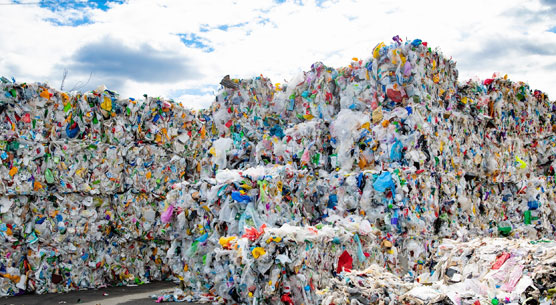Plastic materials have the advantage of being durable, lightweight and malleable, which is why they are widely used in society. However, plastic becomes a problem if it ends up where it does not belong: in the environment.
Due to their persistence and slow degradation, plastics can remain in the environment for hundreds of years. Indeed, plastic has become a serious issue for the environment.
The amount of plastic waste is increasing
Plastics end up in the environment from all phases of their life cycle. The presence of large plastics, or so-called macroplastics, has been reported in the environment since the very beginning of the manufacture of plastics.
Over the past decades, plastic production has grown rapidly. As the amount of plastic litter in the environment and the amount of plastic produced have been found to go hand in hand, the amount of plastic litter in the environment is predicted to only continue to increase. The international debate already talks of “plastic pollution”.

© Fortum
Towards a sustainable circular economy for plastics
In a circular economy, the aim is that the natural resources used and the materials processed from them, including plastic, generate economic added value for as long as possible. This means, among other things, utilising materials for as long as possible, recycling and also reducing the disposal and energy recovery of waste.
It is a way to reduce the use of natural resources, energy consumption and various emissions into the environment.
The plastic waste that is generated should be seen as a valuable material and thus efforts made to enhance its recycling and reuse. The recycling of plastics therefore plays an important role in reducing the environmental damage caused by different types of plastics. However, the recycling of plastics also causes various environmental impacts.
Recycling systems must support the preservation of material value
In addition to quantitative targets, also qualitative targets should be set for the circular economy. Efforts should be made to use recycled materials primarily for uses corresponding to the original purpose of use and to avoid the use of recycled materials in less valuable applications (so-called downcycling).
This perspective should be taken into account in the planning of future collection and recycling systems and the steering methods related to the recycled plastics market. On the other hand, we also need to find ways to utilise less valuable recycled plastics.
The purpose of this website is to present research data related to plastics and their environmental impacts, as well as management methods and circular economy. The Finnish Environment Institute Syke is responsible for the wholeness and its supplementation.